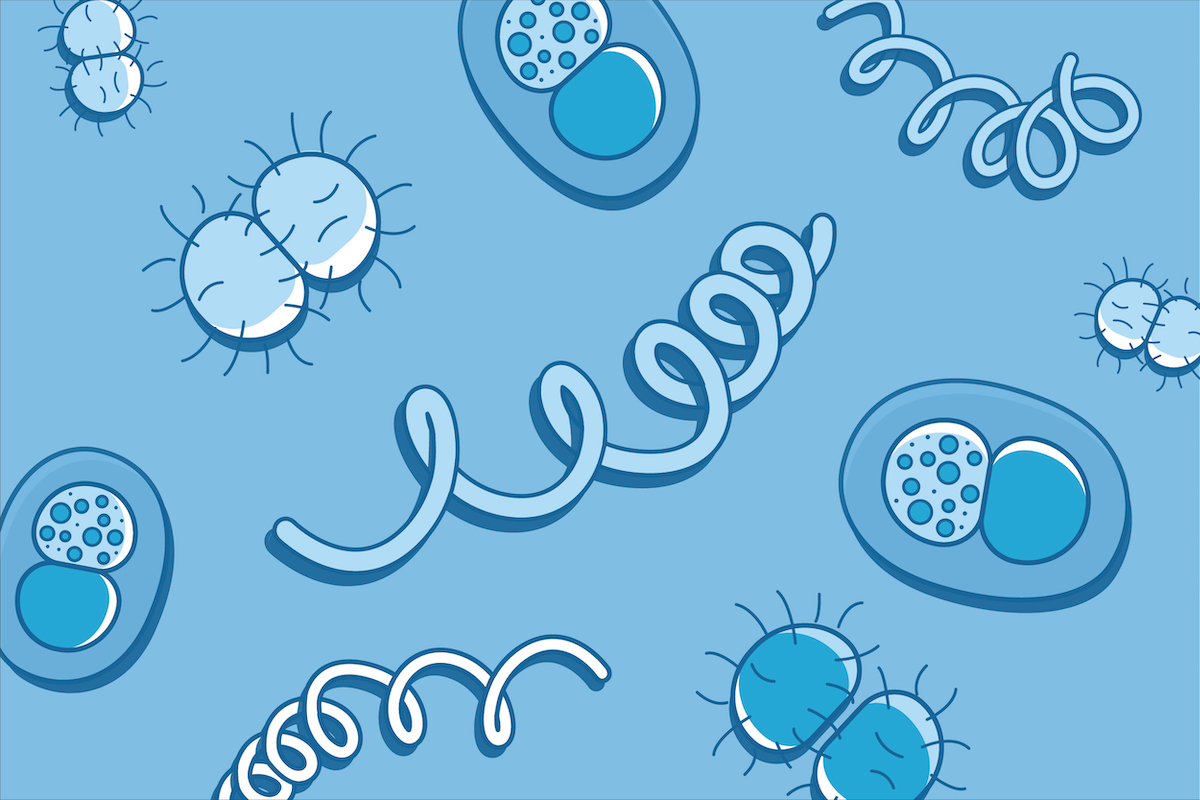Sexually transmitted diseases (STDs), while physical in nature, incorporate a breadth of social and psychological contributing factors and consequences. In recent years, sexually transmitted diseases in the United States are more common than ever with reported cases reaching a record high at 2,457,188 cases in 2018 (2019). No one who is sexually active is exempt from STD susceptibility, but some groups, such as women, young adults, youth, people of color (POC), men who have sex with men (MSM), and incarcerated people, have a particularly high-risk for contracting STDs (2010).
With a growing number of reported cases of STDs, developing prevention measures is paramount. However prevention and treatment of STDs undergo a variety of barriers. Some of these barriers involve policy, such as recent budget restrictions on state and local STD programs. However, many of the obstacles to both treatment and prevention are more complex, such as pervasive shame and stigma, comorbidity with other mental health issues, and population-specific challenges such as equity and access.
Shame is defined as the negative opinion of oneself that results when failing to live up to a perceived standard, while stigma refers to a discriminatory label resulting from a link between a group of people and a set of unpleasant characteristics (Fortenberry, et al., 2002). One report on the relationship between shame, stigma, and STDs notes that shame is often referred to as an internalization of stigma (Fortenberry, et al., 2002). Studies show that MSM are especially vulnerable to homophobic stigma, and youth/young adults are vulnerable to shame and embarrassment as barriers to STD prevention (2010). With marginalized groups, it is also suggested that a ‘layered stigma’ effect can occur (Morris, et al., 2014).
A 2014 study examining the effects of STDs on quality of life in women revealed that women in the sample experienced feeling “dirty,” decreased self esteem, fear, anger, shame, and sexual undesirability (Passanisi, Leanza, & Leanza, 2014). Likewise, STD studies show high comorbidity rates with mental health and substance use issues among specific populations, namely incarcerated populations, as these specific comorbidities can facilitate STD transmission (2019).
Research on STDs demonstrates not only the physical but the poignant social and psychological implications for individuals and communities. Although some barriers to treatment and prevention can seem easy to pinpoint and resolve, it is largely the complex social and psychological implications that contribute to the challenges of societal attitudes and action around addressing STDs.
Looking to refer out for a specialization in sexuality or other focus issue? TPN.Health has got you covered. Click here to create your clinical profile and start connecting to a trusted referral network.
References:
Fortenberry, J. D., Mcfarlane, M., Bleakley, A., Bull, S., Fishbein, M., Grimley, D. M., … Stoner, B. P. (2002). Relationships of Stigma and Shame to Gonorrhea and HIV Screening. American Journal of Public Health, 92(3), 378–381. doi: 10.2105/ajph.92.3.378
The Impact of STDs in Different Populations. (2010, August 4). Retrieved from https://www.ncsddc.org/resource/the-impact-of-stds-in-different-populations/
Morris, J. L., Lippman, S. A., Philip, S., Bernstein, K., Neilands, T. B., & Lightfoot, M. (2014, September). Sexually transmitted infection related stigma and shame among African American male youth: implications for testing practices, partner notification, and treatment. Retrieved from https://www.ncbi.nlm.nih.gov/pmc/articles/PMC4135319/
Passanisi, A., Leanza, V., & Leanza, G. (2014, March 19). The impact of sexually transmitted diseases on quality of life: application of three validated measures. Retrieved from https://www.giog.it/materiale_cic/728_XXXV_6/6297_impact/article.htm
STDs Continue to Rise in the U.S. Press Release. (2019, October 8). Retrieved from https://www.cdc.gov/nchhstp/newsroom/2019/2018-STD-surveillance-report-press-release.html
Image Credit: https://www.prioritystdtesting.com/blog/bacterial-stds/
